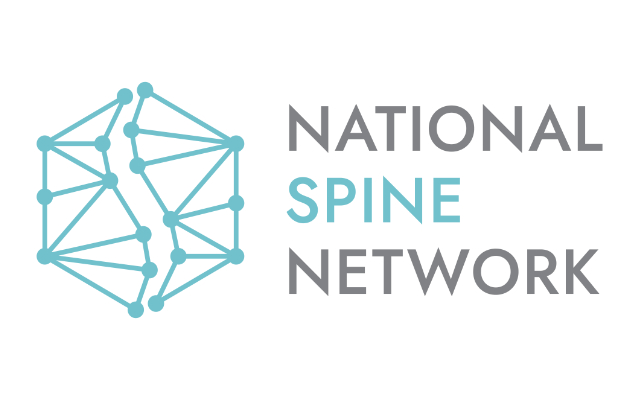Sarah Byrne, Director, Mosaic Events
Tackling membership attrition
Many associations are struggling with membership numbers; attracting new members is a constant battle, so how does an association stop or slow down the churn of member attrition?
Membership attrition can addressed with some better appreciation of members’ needs.
Associations need to understand what is important to their members; to find out why they joined the association in the first place and which part, or parts, of the membership package are most important to them.
Start at the beginning of the relationship, when welcoming new members find out what attracted them to the association; what do they hope to achieve? What do they see as the key benefits and what personal gain do they hope to accomplish? You can do this with a membership survey – or better still, incorporate the time to call them into your membership communication plan.
Keep a record of what they say and revisit and review this six months into the membership to see if these key benefits are being fulfilled. If they aren’t, it then gives you the time to review your activities and see how you can address this lack of benefit fulfilment before their membership expires and it becomes a struggle to get them to justify re-committing.
There are generally two types of members; those that are with an association for life, that see membership as an essential part of their career or profession and are there ‘no matter what’. Then there are others who are a little more flexible. They may join for a specific reason, then move on and maybe come back if their need arises.
There is often an age divide too, it has been said that Millennials tend to take the ‘what’s in it for me’ approach and be more focused on their own careers and what they personally will achieve from the association membership.
Associations need to take heed of this shift and create a member package that gives the benefits millennial members view as essential, that cannot be achieved elsewhere, and that are personally beneficial to the member and their own career progression. They need to address the language they use and how they communicate with this younger generation.
Millennials can be heavily influenced by their peer group so we have found that getting members to share their own relatable personal experiences really helps. Short vox pops and the creation of ambassadors are two approaches to consider.
Your members really do have all the information you need to help with your attrition; it’s just down to you to ask them.

















